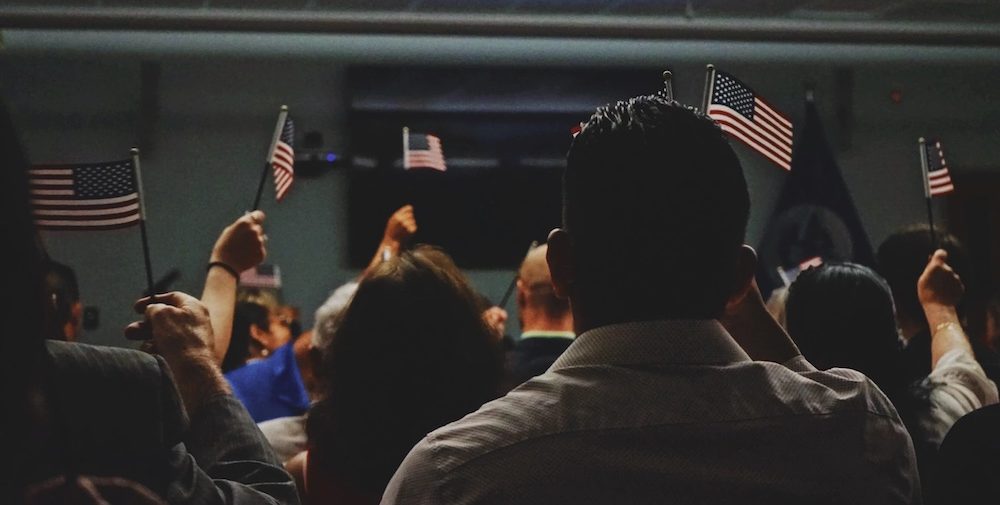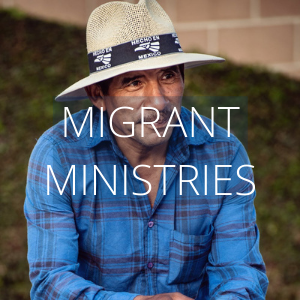Sharing the eternal life changing power of the Gospel of Jesus Christ is the purpose and mission of every Florida Baptist Church. We have been given ONE Gospel message to share with those that God has placed in our lives. One Gospel message that has the power to change the nearly 8 billion individuals that inhabit planet earth and the 22 million individuals that call Florida their home.
The population of Florida is currently adding over 330,000 residents per year and these individuals are coming from nearly every country in our world. God is relocating “new neighbors” in our cities and communities from around the world, so that we can share His loving Gospel message. Being relocated to Florida from other parts of the world brings some unique challenges to our new neighbors.
The following ministries and materials will help your church family be prepared and ready to minister to their new international neighbors. It is our desire to come right beside our Florida Baptist churches as you come right beside the individuals that God has brought into your neighborhood.






